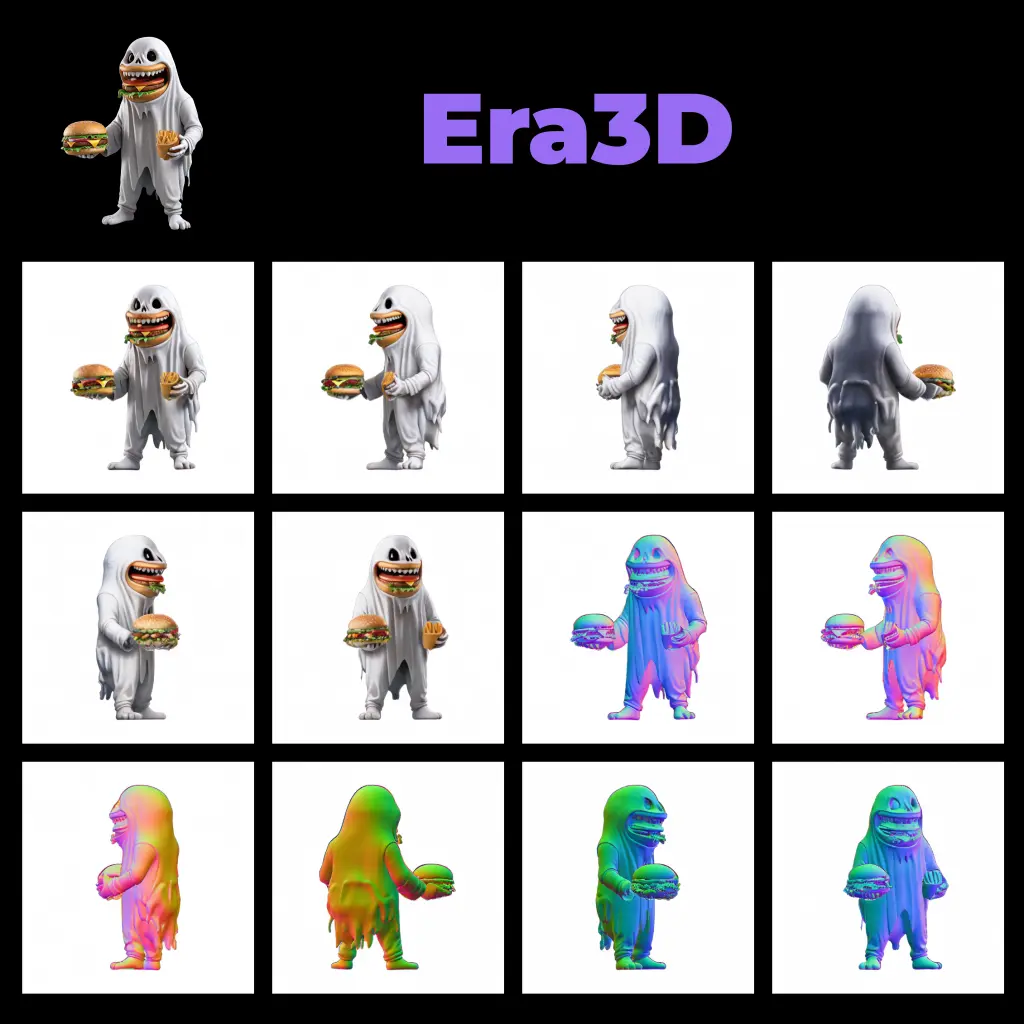ComfyUI Node: InpaintingPipelineLoader
InpaintingPipelineLoader
CategoryPfaeff/loaders
Pfaeff (Account age: 3492days) Extension
pfaeff-comfyui Latest Updated
2024-05-22 Github Stars
0.02K
How to Install pfaeff-comfyui
Install this extension via the ComfyUI Manager by searching for pfaeff-comfyui- 1. Click the Manager button in the main menu
- 2. Select Custom Nodes Manager button
- 3. Enter pfaeff-comfyui in the search bar
Visit ComfyUI Online for ready-to-use ComfyUI environment
- Free trial available
- 16GB VRAM to 80GB VRAM GPU machines
- 400+ preloaded models/nodes
- Freedom to upload custom models/nodes
- 200+ ready-to-run workflows
- 100% private workspace with up to 200GB storage
- Dedicated Support
InpaintingPipelineLoader Description
Specialized node for loading inpainting pipelines, streamlining setup of diffusion inpainting model with VAE integration for high-quality image completions.
InpaintingPipelineLoader:
The InpaintingPipelineLoader is a specialized node designed to facilitate the loading of inpainting pipelines, which are essential for tasks involving the restoration or completion of images by filling in missing or masked areas. This node is particularly beneficial for AI artists and developers who work with image generation and editing, as it streamlines the process of setting up a stable diffusion inpainting model. By leveraging pre-trained models, the node ensures high-quality results with minimal setup, allowing users to focus on creative aspects rather than technical configurations. The primary function of this node is to load a stable diffusion inpainting pipeline, integrating a variational autoencoder (VAE) to enhance the quality of the inpainting process. This integration is crucial for achieving realistic and coherent image completions, making the InpaintingPipelineLoader an invaluable tool for anyone looking to enhance their image editing capabilities with AI.
InpaintingPipelineLoader Input Parameters:
model_name
The model_name parameter specifies the identifier of the pre-trained inpainting model to be used. This parameter is crucial as it determines the underlying model architecture and weights that will be employed for the inpainting task. The default value is set to "stabilityai/stable-diffusion-2-inpainting", which is a widely recognized model known for its effectiveness in generating high-quality inpainted images. Users can choose other models if they have specific requirements or preferences, but it is important to ensure compatibility with the VAE being used.
vae_name
The vae_name parameter indicates the identifier of the pre-trained variational autoencoder (VAE) model to be integrated with the inpainting pipeline. The VAE plays a significant role in enhancing the image quality by encoding and decoding image data, thus ensuring that the inpainted areas blend seamlessly with the existing content. The default value is "stabilityai/sd-vae-ft-mse", which is optimized for use with the stable diffusion inpainting model. Selecting an appropriate VAE is essential for achieving the best possible results, as it directly impacts the fidelity and coherence of the inpainted images.
InpaintingPipelineLoader Output Parameters:
INPAINT_PIPELINE
The INPAINT_PIPELINE output parameter represents the loaded inpainting pipeline, which is ready to be used for image inpainting tasks. This output is a comprehensive setup that includes both the stable diffusion model and the integrated VAE, ensuring that users have a complete and functional pipeline for their inpainting needs. The importance of this output lies in its ability to provide a ready-to-use solution for generating high-quality inpainted images, allowing users to focus on creative tasks without worrying about the underlying technical complexities.
InpaintingPipelineLoader Usage Tips:
- Ensure that your system has a compatible GPU and that PyTorch is configured to utilize CUDA, as this will significantly enhance the performance and speed of the inpainting process.
- Experiment with different model and VAE combinations to find the best fit for your specific inpainting tasks, as different models may offer varying levels of detail and style.
InpaintingPipelineLoader Common Errors and Solutions:
Model not found error
- Explanation: This error occurs when the specified
model_nameorvae_namedoes not correspond to a valid pre-trained model available in the repository. - Solution: Double-check the model identifiers for typos and ensure that the specified models are available in the pre-trained model repository you are using.
CUDA device not available
- Explanation: This error indicates that the system does not have access to a CUDA-compatible GPU, which is necessary for running the inpainting pipeline efficiently.
- Solution: Verify that your system has a CUDA-compatible GPU and that the necessary drivers and PyTorch configurations are correctly set up to utilize CUDA.
InpaintingPipelineLoader Related Nodes
RunComfy is the premier ComfyUI platform, offering ComfyUI online environment and services, along with ComfyUI workflows featuring stunning visuals. RunComfy also provides AI Playground, enabling artists to harness the latest AI tools to create incredible art.



